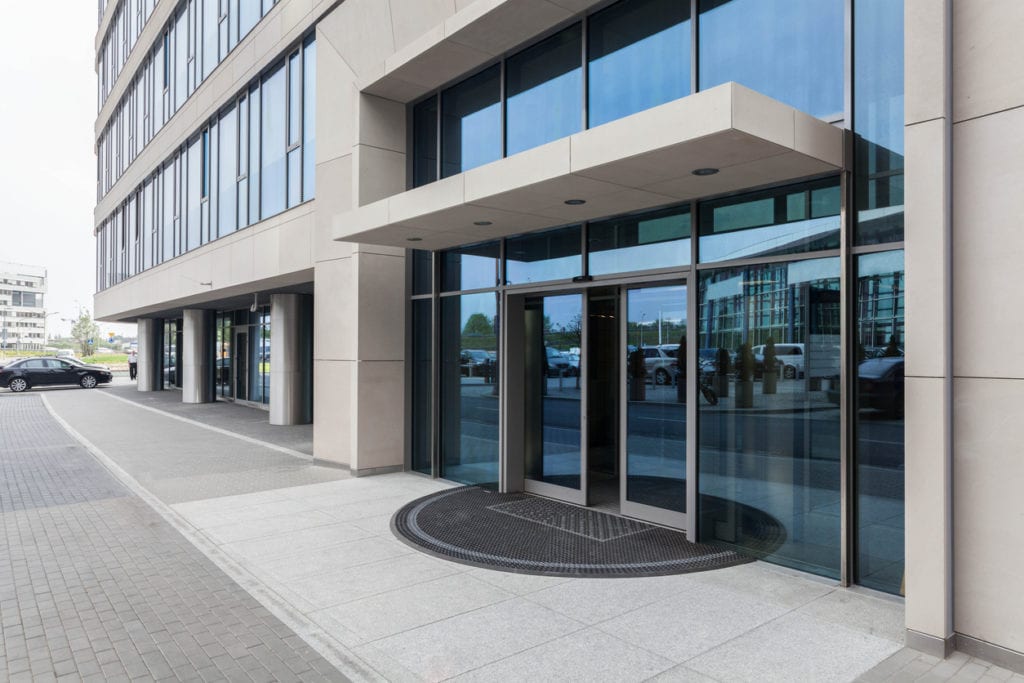The National Picture
Our national and local mid-year commercial real estate report makes interesting reading. We will discuss the national picture for Office, Retail and Industrial sectors, then take a more focused look at the Washington DC area. According to NAR's Commercial Market Insights published in June 2021, the commercial real estate market is recovering from its COVID-19 hit. Improvements are expected to continue through 2021 and show greater positivity in 2022. Total acquisitions between January and May of this year are up 1% compared to last year's Q1 and Q2, even though prices are 1% below last year's. Since average prices fell by 10%, to be down just 1% is still a positive indicator.
This is not an 'across the board' improvement. Businesses are still affected by telecommuting work environments and the surge in e-commerce and delivery services. These trends are primarily affecting brick-and-mortar retail and office submarkets. 16.6% of workers still telecommute (down from 35%) but 56% of small businesses report they are already operating at higher levels than last year. Employment numbers are up 14.7 million, equaling 75% of jobs lost by April 2020.
The primary submarkets to show the most growth are multi-family, health care, seniors housing, and industrial. Let us now discuss each of the office, retail, and Industrial submarkets in turn.
The Office Sector
The National Office Capital Markets Report published by CoStar, along with the NAR Insights Report, shows that total sales stood at $35.1 billion, down approximately 15% YOY, and with an average Cap Rate of 6.5%. Q1 delivered $17 billion in closed sales, down 55% on Q1 2020. Compared to pre-pandemic levels, approximately one-third of the transactions were in core business districts.
Looking more closely at Q1 and Q2, we see that Market Sale Price is fairly stable at just below $320 per SF, but Transaction SP fell significantly to approximately $195 per SF. Market Cap Rate dipped slightly from January, and Transaction Cap Rate fell from 7.28, with both coinciding at approximately 7.06 at Q2 end. Individual and portfolio sales made up the vast majority of transactions, as opposed to condo and entity sales. Cumulative sales volume has seen a steady rise in both quarters after a slow start in the first two months of the year.
Sales to Asking Price differential has also changed, going from just below negative 10.5% to negative 7.5%. Occupancy at sales rose to just below 89% after beginning the year at 83%. Months to sell also fell dramatically, beginning the year at almost 8 months going to just over 5 months.
The Retail Sector
CoStar's National Retail Capital Markets Report shows that total sales for this sector stood at $26.5 billion for Q1 and Q2, down approximately 7% YOY, with an average Cap Rate of 6.5%. The Cap Rate separates to 6.1% for shops and 7.3% for centers, with the majority of transactions being for center space.
Looking at average Cap Rates by location across retail property types, we see they have remained fairly steady this year with urban locations averaging 6.4%, CBD locations a little higher, but still under 6.5%, and suburban locations showing an average Cap Rate ending Q2 at 7.25%.
If we do the same for Market Sales Price, we see suburban transactions rose slightly, ending Q2 at $187 per SF, urban at $303, and CBD, which dipped a little at the end of Q1, rose to end Q2 at $380 per SF.
The Industrial Sector
Total national industrial sector sales so far in 2021, have totaled $33 billion down approximately 14% YOY, with an average Cap Rate of 5.9%. It is good to remember that 2020 Q4 saw a record with transactions in those three months totaling $44 billion. This sector is generally performing well, especially in the large regional distribution centers, partly because of the emphasis on last-mile distribution. Warehouses equaled 77% of all sales in May, just to take one month in 2021. Investors are showing great interest in refrigerated storage facilities to meet the increasing demand for grocery-delivery services.
Market Sales Price stats in this sector show a moderate rise through 2021 ending Q2 at an average of $120 per SF, but the Transaction Sale Price (TSP) shot from $120 at the end of Q1 to $220 per SF at Q2 period end. As a point to note, Q3's TSP is currently showing $280 per SF. As to be expected, Transaction Cap Rate compressed from 6.7% at the start of the year to 5.5% at the end of Q2.
Sales to Asking Price differential changed from an average of 92.5% to 93.5%. Occupancy rates at closing have gone from 84% at the start of the year to approximately 87.5% and are continuing to rise. Months to sell are hovering at around 7.5. Market Sale Price by location shows suburban properties have risen slowly this year and hover at around $100 per SF. CBD and Urban are almost duplicates of each other, hovering, again, after a slow and steady rise at around $176 per SF at the end of Q2.
The Washington Metro Market
The Metro Office Sector
Q1 of 2021 saw the lowest quarterly sales (less than $300 million) but Q2 is showing a definite increase in both sales and investor interest with total sales volume closing Q2 at $1.3 billion, as we discussed in our recent Washington Metro Office Capital Markets Report. To take two examples, April saw a $200 million 355,000 SF purchase with a 97% occupancy rate closing, and in May a $215,7 million property with a 90% lease rate closed. Government, life-science, and hi-tech corporate leaseholders continue to generate business interest.
Sales volume began slow but rose quickly in March and April, plateauing in May. Market and Sale Price figures were strong, closing Q2 at around $364 and $371 per SF respectively, with Sale to Asking Price narrowing from approximately 9% below to 3% below. The Market Cap Rate hovered at around 7.1% during the first half of the year, and the Transaction Cap Rate compressed down from 7.6% in January to just below 7%.
The Metro Retail Sector
The first half of 2021 saw total sales in this sector of $513.4 million, as we covered in CoStar's Washington Metro Retail Capital Markets Report, which annualizes out at just below $1.03 billion. Given the effects of the COVID-19 lockdown, this does not look too far away from the previous three years' annualized sales of $1.5 billion. The year began slowly, but sales volume rose steadily through March to May and plateaued in June. Sale to Asking Price differential began the year at 11.6% below, rose to 6.6% below, then fell again to end Q2 at 8.75% below.
The Market Sales Price for Q1 and Q2 was stable at $300 per SF, but the Transaction Sale Price rocketed from a low of $150 per SF to close Q2 at $850 per SF. The Market Cap Rate, again, was stable at a fraction below 6.5%, while the Transaction Cap Rate rose from there to 6.8%. Occupancy at closing also showed wide changes. January saw an average of 87.5% falling to 80.5% and ending the half-year at approximately 100%.
The average market sale price per SF varies by location, as would be expected. Suburban stats give us an average price per SF of $280, Urban holds steady at $360, and CBD at $560 for the half-year.
The Metro Industrial Sector
2021's overall sales figures for the first half-year come out at $1.5 billion. The dominance of the region's data center market shows every indication of not only continuing but of strengthening. Sales have risen steadily during the two quarters, leveling off in June. Months to sell stood, at June's end, at just over 9 months. Market Sales Price began the year at $175 and rose very slightly. This contrasts with the Transaction Sales Price per SF which began the year with an average of $125 and rose quickly to $350 per SF. Sales Price now stands at just over 20% above the asking price, indicating the strength of this sector. Market Cap Rate remained at approximately 6.5%, while Transaction Cap Rate rose to 10% during Q2.
Location impacts Market Sale Price as expected. Urban locations average out at just below $170 per SF, Suburban at $180, and CBD locations at $280. All three location types saw slow and steady increases as the year progressed. CoStar's Washington Metro Industrial Capital Markets Report goes into detail on these numbers.
Summary Comment
2021's CRE market is recovering from 2020's COVID-19 impact. The national picture and that of our Metro District both indicate the recovery will continue through this year and into 2022. Please take advantage of the detailed reports we referenced in this article, and please contact us directly with any questions and to discuss your CRE objectives, so we can build a plan with you to bring your goals to fruition. Just click here to leave your message, and we will get right back to you or call us directly on (703) 261 4809.
*Information and data collected from CoStar and the National Association of Realtors

